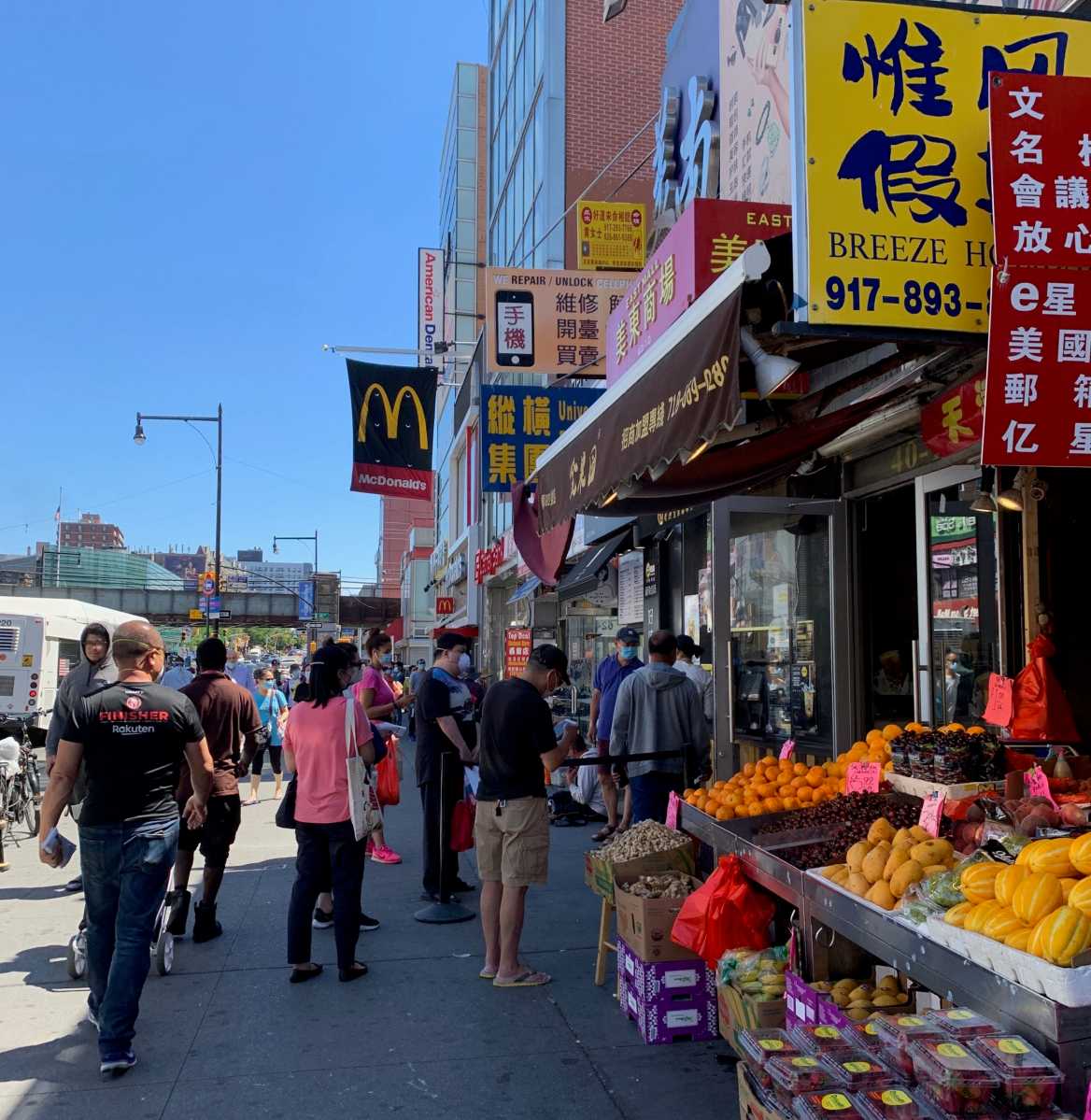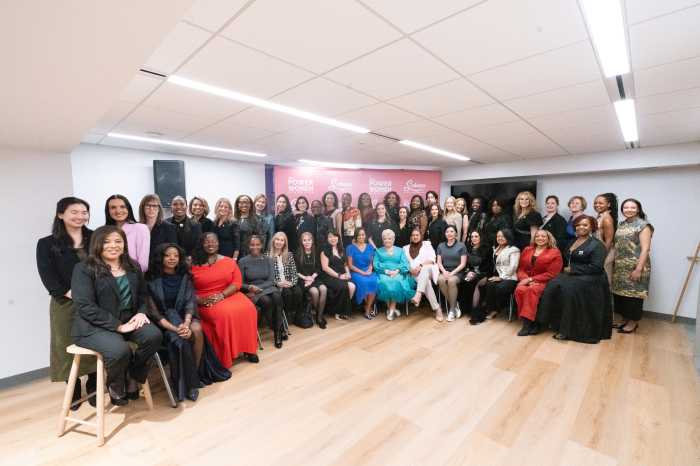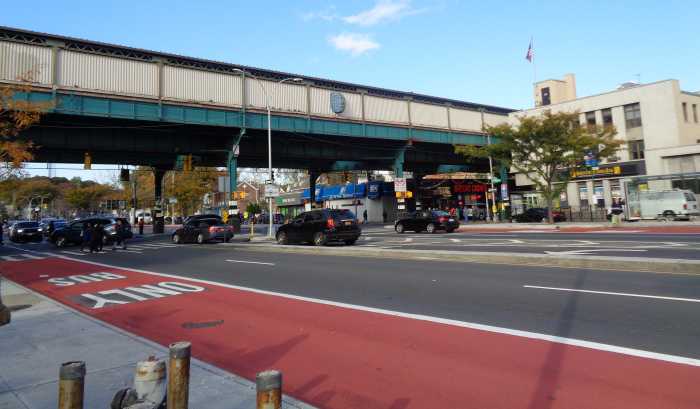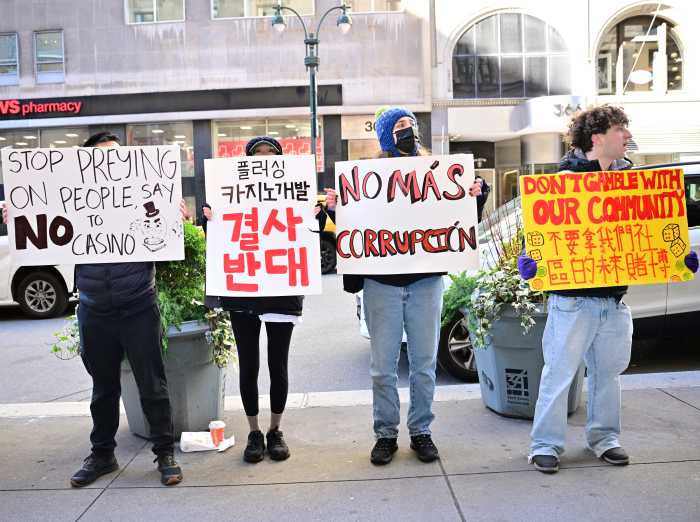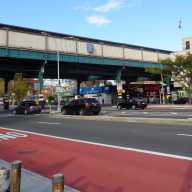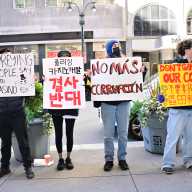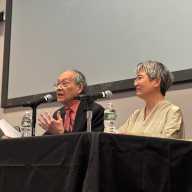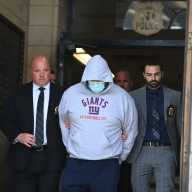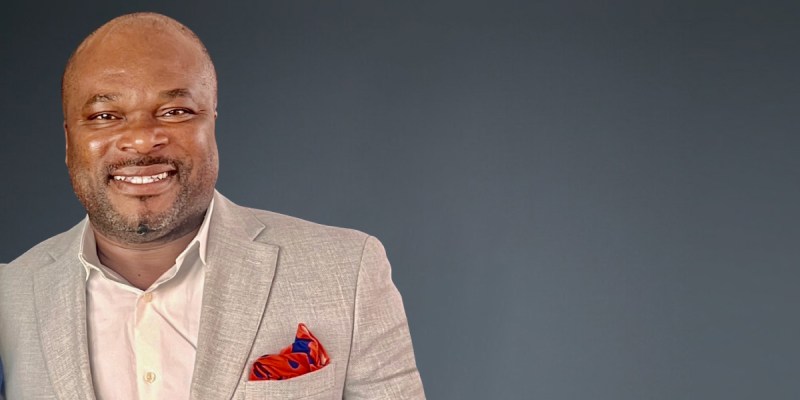BY TERESA METTELA
New York City took the first step toward returning to normalcy on June 8 when it officially entered phase one of its reopening.
More than 33,000 construction sites will reopen, curbside pickup for retail stores will be allowed and other non-essential businesses have also be reinstated. Staff working at these businesses must continue to abide by New York state’s social distancing rules and regulations.
While Governor Andrew Cuomo reassures the public that New York City has met three of seven guidelines needed to advance the multiphase reopening plan, the implementation of phase one has been met with a range of skepticism from residents and political actors.
“We didn’t just flatten the curve, we bent it, and we did it all based on data and facts. I have confidence saying to New Yorkers that we are ready to reopen,” Governor Cuomo said.
Mina Patel, a lab technician at Memorial Sloan Kettering Cancer Center (MSKCC), is wary of phase one and its potential effect on healthcare workers like herself.
As an essential worker at MSKCC, Patel observes people in her neighborhood who blatantly disregard social distancing rules on her daily commute to work. She believes that the moment certain sectors open up, people will resume outdoor activities, increasing the likelihood of a second wave of COVID-19 and causing businesses to be shut down once more.
“We might have to work long odd shifts again which are physically, mentally and emotionally draining,” Patel said.
Patel’s concern for individual safety also extends to the thousands of New York City citizens going back to work this month.
However, city officials claim that precautions will be taken in order to prevent the spread of coronavirus in the workplace. In fact, within reopening construction sites, City Department of Buildings inspectors are requiring workers to wear masks and remain six feet apart. Similar safety plans are being introduced within the retail, manufacturing and transportation sectors of New York City.
Joshua Singavarapu, a 21-year-old student and longtime resident of Forest Hills, recognizes the positive strides New York City has made in decreasing its number of COVID cases.
Although Singavarapu does not feel that phase one will directly impact his own daily routine, as local parks, fitness centers, and other recreational areas remain closed, he is grateful for the reopening of non-essential businesses.
Singavarapu points out that not only are New York City citizens suffering from feelings of loneliness and depression, a majority are also struggling to pay rent or put food on the table.
“Phase one in New York City is coming at the right time as the [COVID-19] cases are at a very low number,” says the college student. “We just have to remember that the reopening does not mean we can walk around without masks. Autonomy takes hold in these situations.”
Certain organizations are committed to providing services to its community members and helping individuals heavily impacted by coronavirus. Nonprofit organizations such as Business Improvement Districts (BIDs) act as advocates, liaisons, promoters and problem-solvers for their communities. BIDs provide an important link between NYC government and the neighborhoods they serve.
Diansong Yu, the executive director of the Flushing BID, spoke with QNS about the experience of local businesses in Downtown Flushing during the pandemic.
Flushing, a neighborhood known for its busy streets and bustling atmosphere, has become a “ghost town,” Yu said.
Yu noted that foot traffic on Main Street decreased from 100,000 people to merely 100 on the street — a figure he has never seen before. Despite having 100 to 120 open restaurants in Downtown Flushing, Yu is not optimistic about their survival.
“I don’t know how long a business can function like this,” Yu said. “Consumers need to do their share. Small businesses cannot afford to deal with a second wave.”
In an effort to aid these local businesses, the Flushing BID hosted a fundraising gala in April 2020, which raised over $18,000. That money was then allocated to advertising for small businesses, providing staff and owners with necessary PPE, and attracting consumers back into stores.
“As businesses start to reopen, everyone has to do their share. We have to do this together.”

